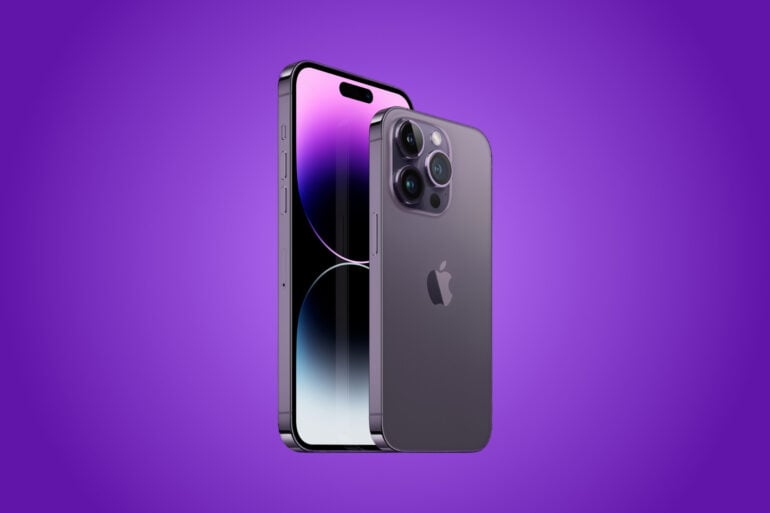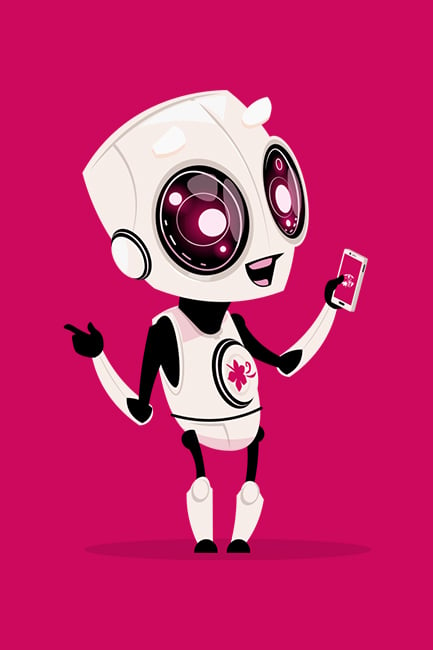As Apple prepares to make its annual iPhone announcement in September, there’s word that it’s ready to make a big redesign in the coming years.
Bloomberg reporter Mark Gurman has his finger on the pulse of this one, writing that the next few years of iPhones will look very different to the recent approach of slight iterations.
Arguably, the biggest redesign in recent times came from the iPhone 15, swapping out the proprietary Lightning connector with USB-C. Even then, a USB port is only a practical change, not one that meaningfully changes how the device functions.
Gurman claims that the heavily rumoured iPhone 17 Air will be the first major redesign. It won’t replace the core range — only the low-selling ‘Plus’ model — but it will match the Samsung Galaxy S25 Edge as a slimline alternative.
Like the $999 iPhone 16e, the 17 Air is expected to have only one rear camera, which would be fewer than the S25 Edge’s two-camera array. Then there’s the matter of a smaller battery, a trade-off for the thinner form factor.
In 2026, Gurman tips Apple to finally launch its debut foldable iPhone. After years of watching from the sidelines, Apple’s foldable reportedly has five cameras, and will abandon Face ID in favour of solely relying on fingerprint recognition.
It’s what comes after that sounds the most novel. To commemorate the iPhone’s 20th anniversary, Gurman expects Apple to launch a handset using curved glass in 2027. Several current phones already use variations of curved edge-to-edge displays, like the Motorola Edge 60 Pro. So, Apple might either put its own spin on the design or further popularise the existing tech.
Lately, many phone brands have adopted an ‘if it ain’t broke, don’t fix it’ approach. That could all change as alternative designs enter the mainstream.








